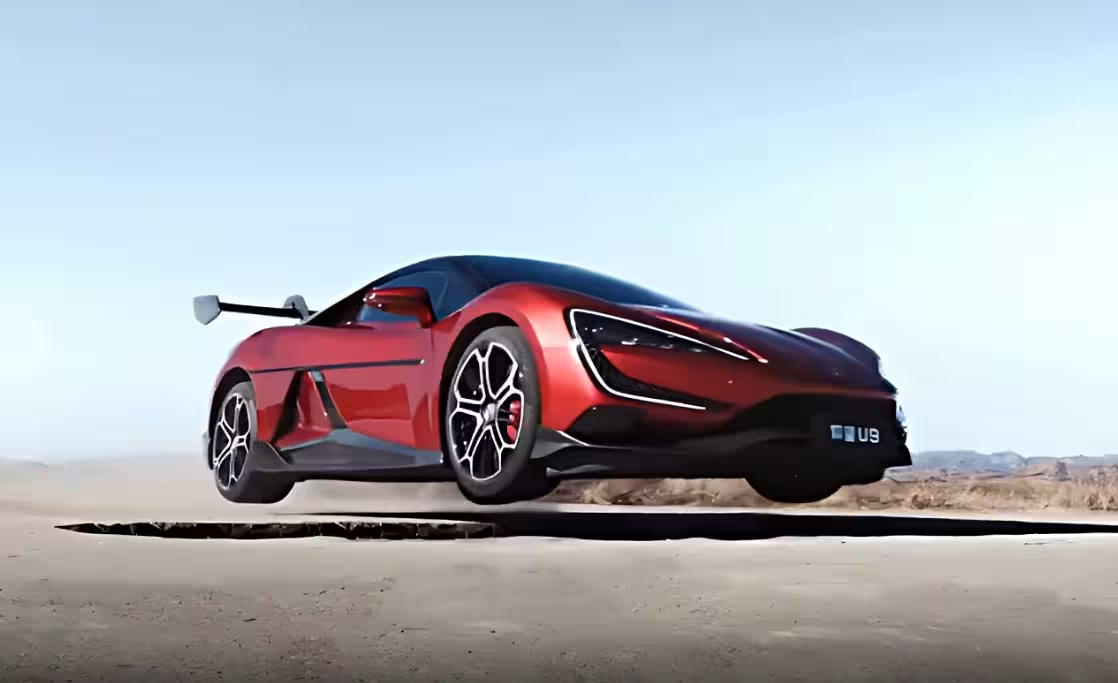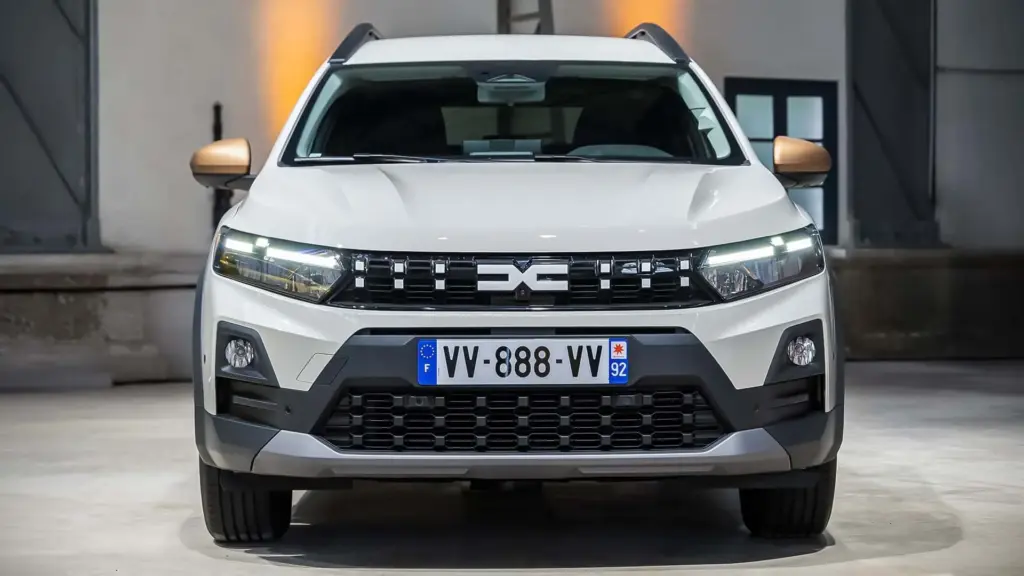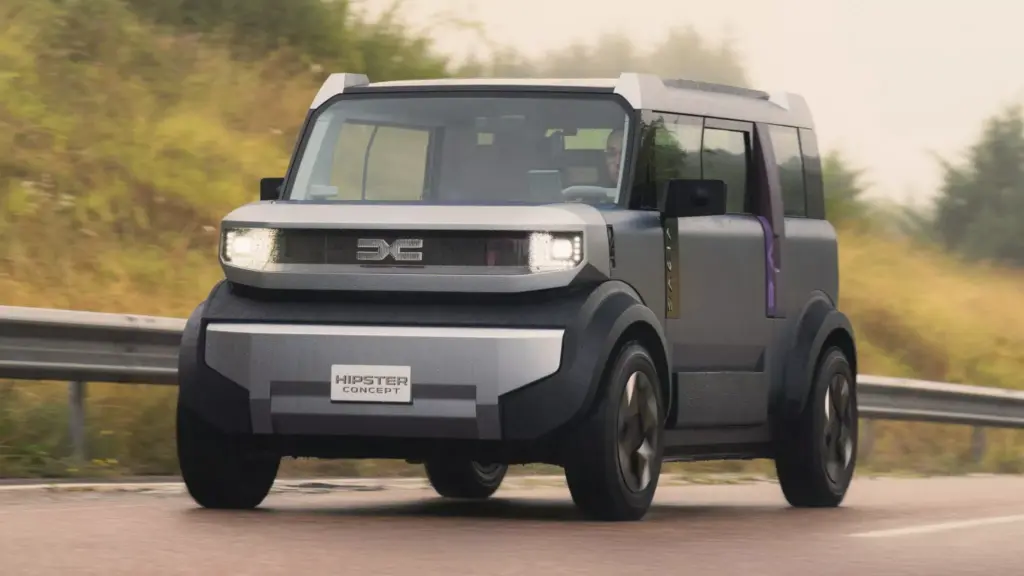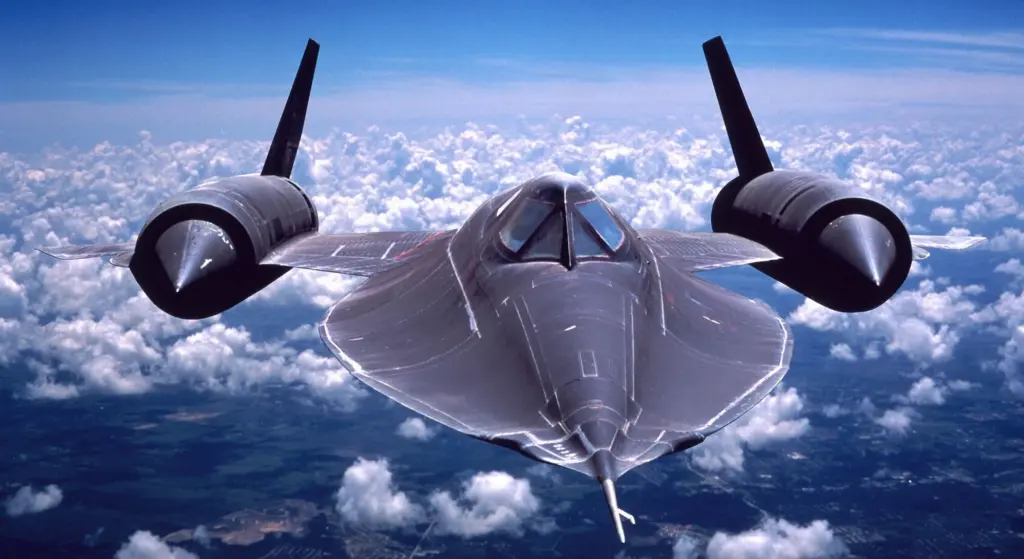The automotive industry is undergoing a transformation, and the current rivalry between BYD and Tesla may give way to innovative collaboration. In March 2025, BYD’s Executive Vice President, Stella Li, suggested a joining of forces between the two giants to combat the sale of cars with internal combustion engines. This move could mark a turning point in the global electric vehicle (EV) market.
The Common Enemy: Gasoline Cars
Stella Li emphasized that BYD and Tesla share a “common enemy”: gasoline cars. This statement shows that both companies recognize the urgency of accelerating the transition to electric vehicles at a time when the use of fossil fuels continues to impact the environment. This shift is already evident with the growing demand for EVs in China and other markets.
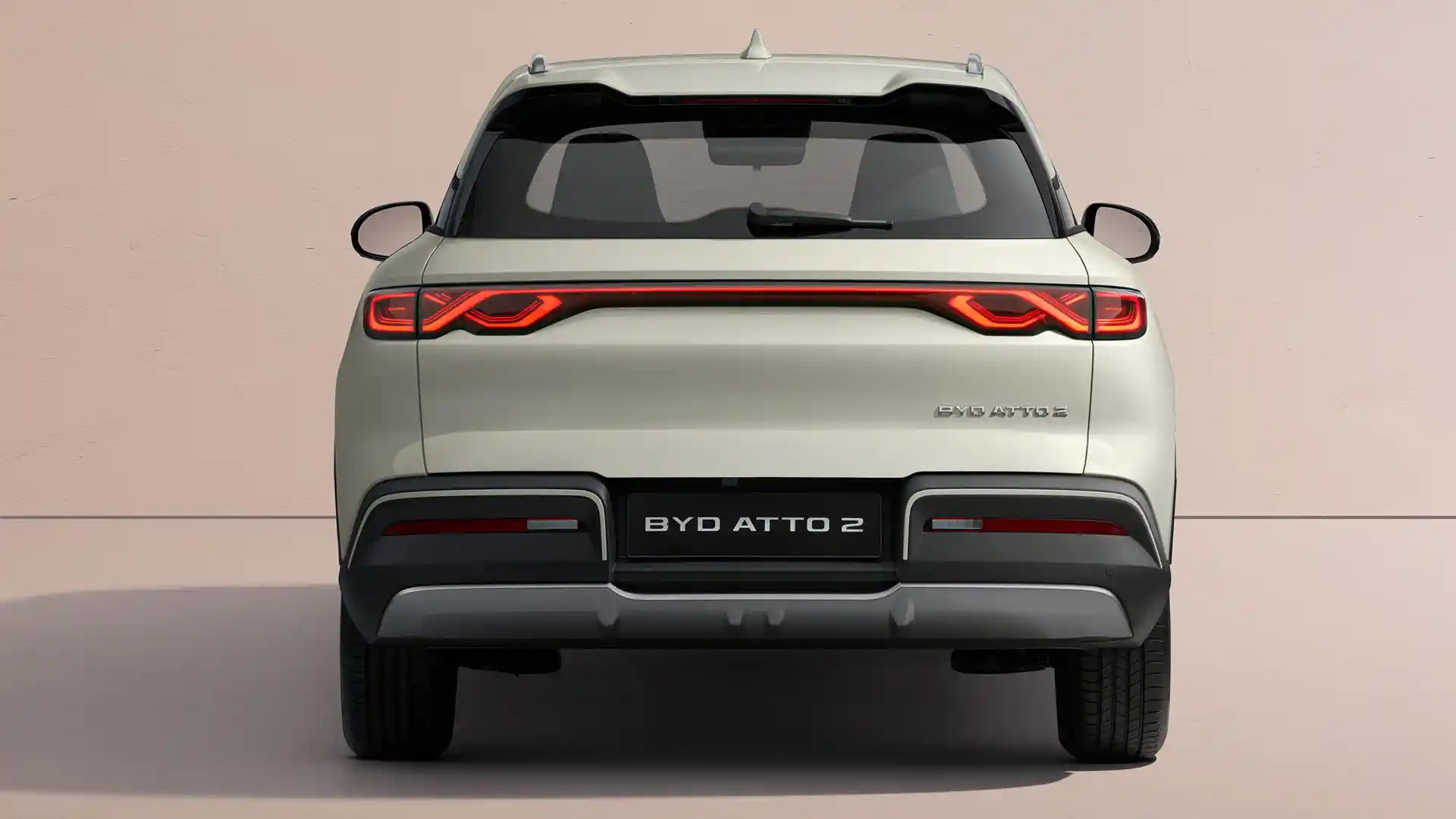
As society becomes more aware of the negative impacts of combustion engines, collaboration between BYD and Tesla could result in a significant push toward the mass adoption of electric vehicles. If successful, this partnership could encourage other companies to take similar action.
Technology Sharing
One of the most appealing proposals of the collaboration is BYD’s willingness to share key technologies, such as autonomous driving software and innovations in EVs. This sharing could not only benefit both companies but also raise the standard of the industry as a whole. Given the political tensions between China and the West, this proposal is even more surprising, showing that the demand for a sustainable future transcends national rivalries.
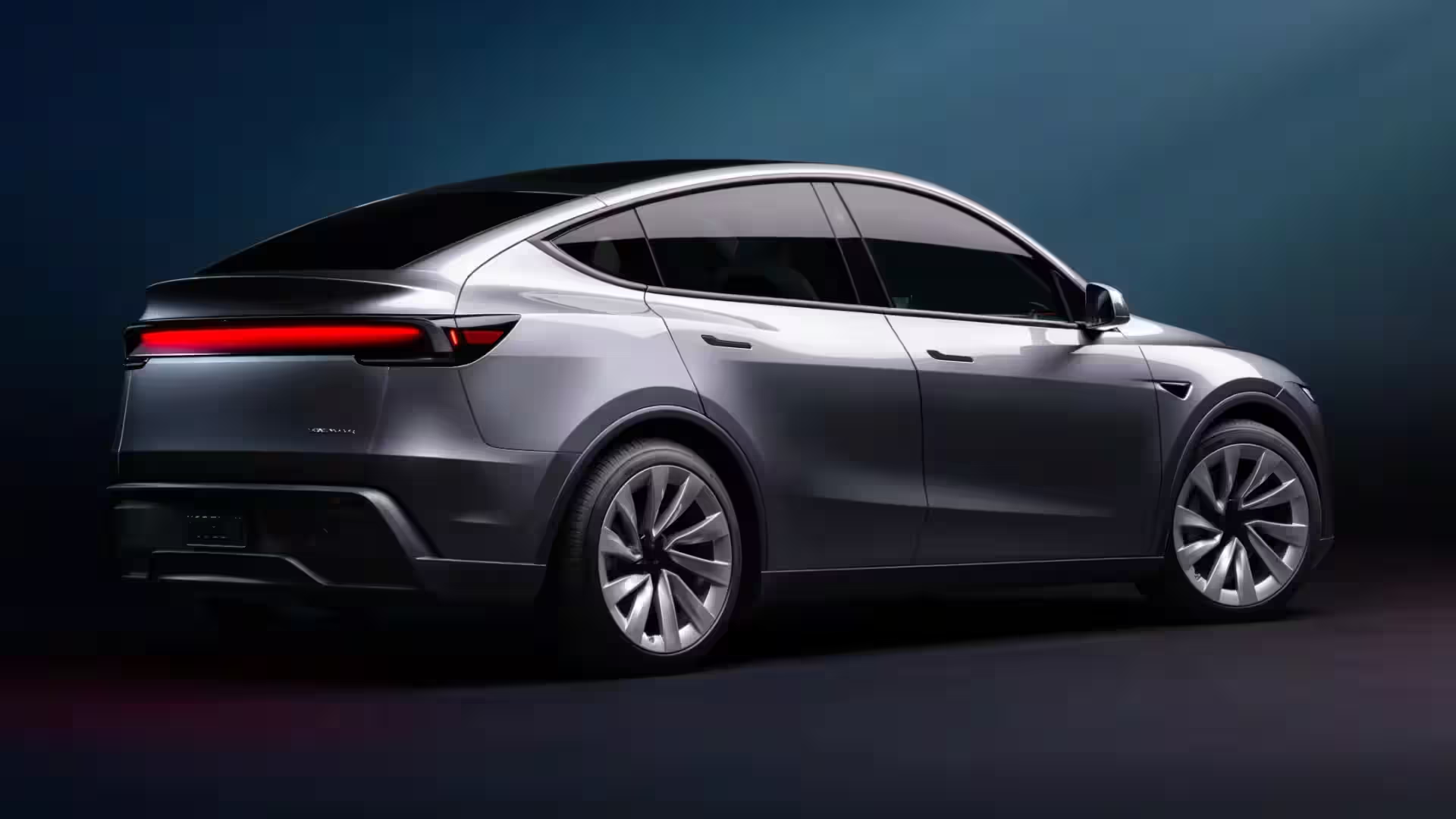
Unfortunately, the specifics of how this collaboration will be implemented have yet to be revealed. Speculation ranges from joint research programs to the creation of new infrastructures to support the expansion of electric vehicles.
Challenges in the Global Market
The collaboration between BYD and Tesla arises in a landscape of fierce competition. BYD surpassed Tesla in sales in 2023, selling over three million vehicles, while Tesla faced a decline in sales in Europe. At the same time, a series of trade barriers have created uncertainties, particularly for BYD, which is expanding into emerging markets.
Furthermore, regulatory issues and tariffs in Western markets continue to challenge BYD’s operations. Tesla is also facing its own challenges, such as declining sales and negative visibility in some regions. This reality further emphasizes the importance of an alliance seeking to neutralize common threats.
Implications for the Future of the Automotive Sector
The potential collaboration between BYD and Tesla could redefine the rules of the game in the automotive sector. If they manage to join forces, these companies could influence regulatory policies and foster a more favorable environment for EVs. Stella Li’s vision of a future where China is “more open” to foreign business highlights the difference in perception between Western markets and Asia.
Creating a stronger bond could not only benefit the reputation of both companies but also accelerate innovation and technology adoption in a short period.
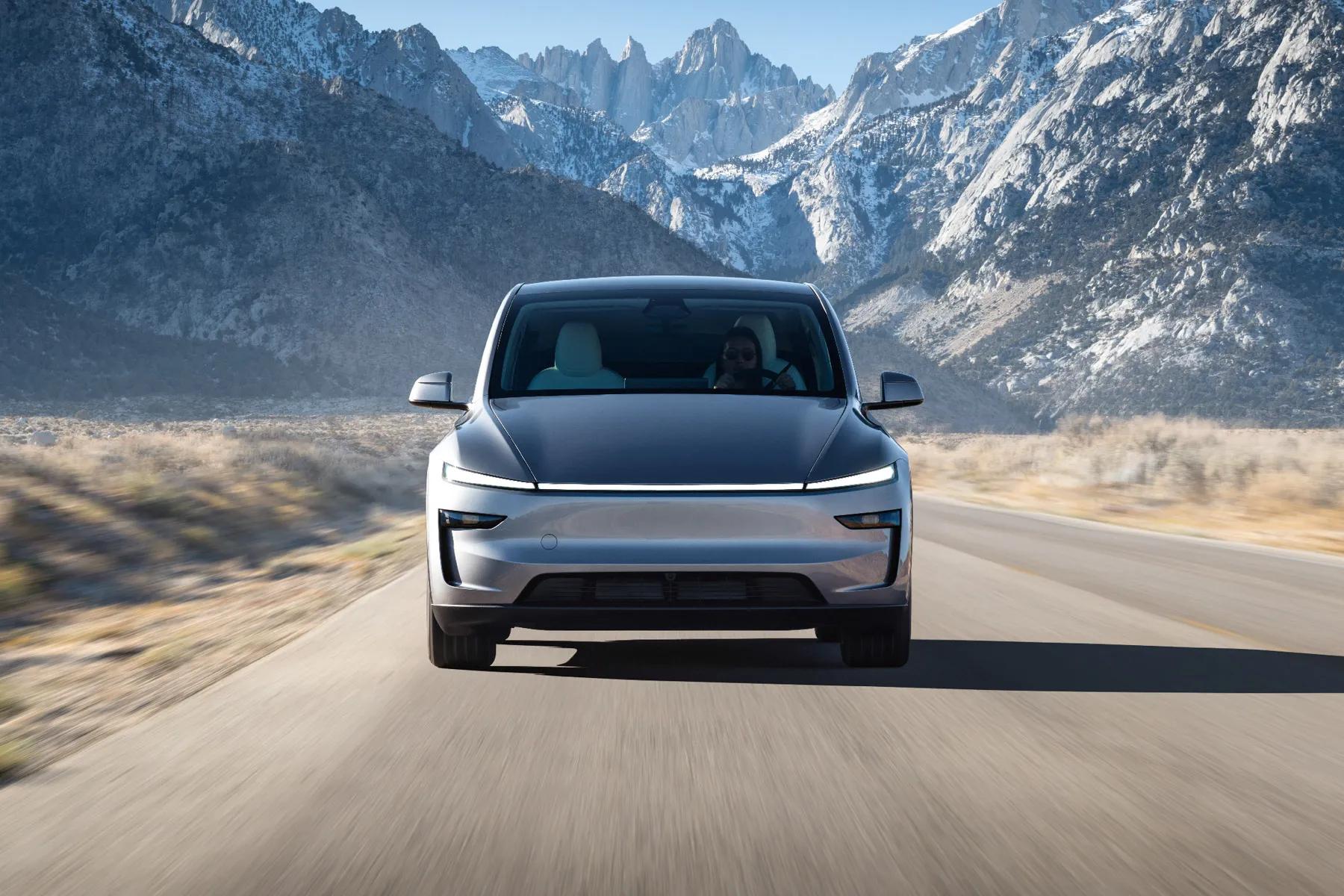
The proposal for collaboration between BYD and Tesla illustrates that, despite rivalries, there is a growing understanding of the need for an accelerated transition to electric vehicles. The intention to work together to confront the “common enemy” could lead to significant advancements in the industry. With the possibility of technology sharing and cooperation in research and development, the future of electric vehicles may be closer than ever.
Author: Fabio Isidoro
Founder and editor-in-chief of Canal Carro, he dedicates himself to exploring the automotive universe with depth and passion. A car and technology enthusiast, he produces technical content and in-depth analyses of national and international vehicles, combining quality information with a critical eye for the public.

